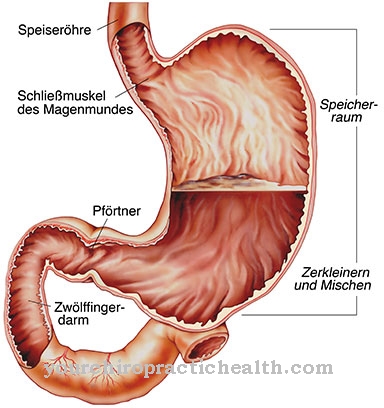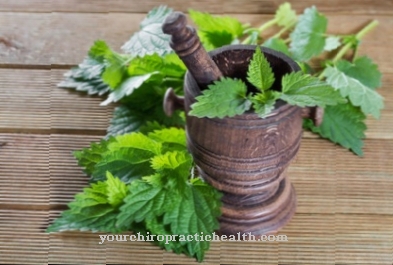The Heat patch is suitable for the treatment of muscle and joint problems. Warm plasters are often used medicinally, especially for back problems. Permanent heat supply to the affected skin region causes it to undergo gentle but effective healing. The plant-based active ingredients of the heat plaster are suitable for relieving uncomplicated muscle pain or tension, especially in the back area and can often save you an unpleasant medical examination.
What is a heating patch?

Heat patch are special adhesive plasters and are mainly used to relieve back pain in the muscular area. Muscle complaints, sciatica, rheumatic diseases, tension or lumbago can be combated with the herbal ingredients in the heat plaster.
Due to the composition of the substances arnica, belladonna and capsaicin, which was developed in 1928, the adhesive plaster was also called ABC plaster, but is rarely used in today's parlance because only the ingredient capsaicin is still used. Heat patches do not require a prescription, are freely available and can therefore be purchased by everyone.
Shapes, types & types
The healing plasters are available in many different variants, but their effect and functionality do not differ particularly. Among the most famous Heat patches include the "Hansaplast ABC plaster" and the "GothaPlast WärmeMED heating plaster".
The main difference between warm plasters is the composition of their ingredients, with the active ingredient capsaicin being used in all warm plasters.
Structure, function & mode of operation
During the treatment this will Heat patch placed on the painful region of the skin and can linger on it for between four and twelve hours.
The substance capsaicin, which is extracted from the dried fruits of cayenne pepper, stimulates the skin receptors responsible for the sensation of pain and warmth. During the application there is usually a visible resonance of the skin, which is expressed in an obvious reddening.
The active ingredient of the warming plaster promotes blood circulation in the stimulated skin region and inhibits the pain messenger substance P, which results in the patient feeling less painful. The blood circulation ensures an improved supply of oxygen and nutrients, which promotes the healing process.
A heat patch can be used on the skin for up to 48 hours before it loses its healing properties. It is important to ensure that no further heat is supplied through compresses, heating pads or red light during the heat patch therapy, as this can lead to irritation of the skin and undesirable damage to health.
Furthermore, one should note that heating patches should only be reapplied at intervals of at least twelve hours. After applying the new patch, you should clean your hands. Cutting heat patches is not recommended. Since the fiber structure of the plaster is destroyed, the ingredients can possibly get directly onto the skin. In children, this can even lead to poisoning.
In addition, it is important to ensure that heating plasters are not placed on open wounds or come into contact with mucous membranes. This can cause severe inflammation.
An alternative treatment method is heating patches that contain iron powder as an active ingredient. This removes the oxygen from the surrounding air. The plaster uses the heat of reaction to warm the affected skin regions. The advantage of this method is that irritation to the skin is reduced to a minimum.
You can find your medication here
➔ Medicines for back painMedical & health benefits
Heat patch are a good and natural alternative to other therapeutic measures for pain relief.
If used correctly, these can often reduce the patient's pain after a short period of time, so that he saves himself an extensive examination and treatment by a doctor. However, if you have serious complaints, you should not hesitate to consult a specialist who can recommend alternative treatment methods. Information on the respective ingredients of the warm patches can be found in the package insert.
Nevertheless, allergic reactions or health side effects are not to be expected. Nevertheless, if you are hypersensitive to paprika plants or if you are known to be sensitive to capsaicin, you should not use the heat patch. The application of adhesive plasters or heat plasters is quick and uncomplicated and can also be used as an additional means in the context of therapeutic and preventive measures.













.jpg)
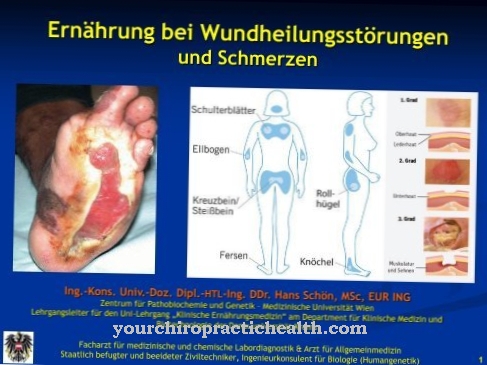
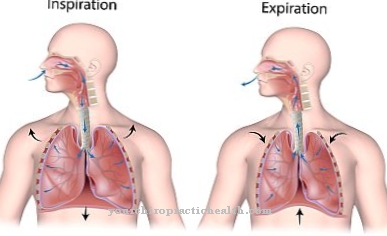
.jpg)


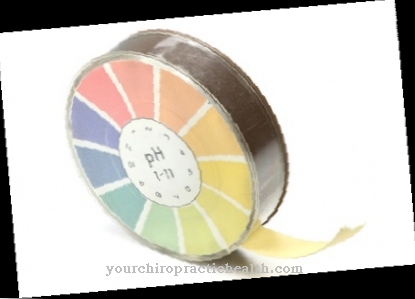
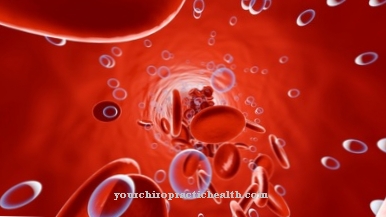
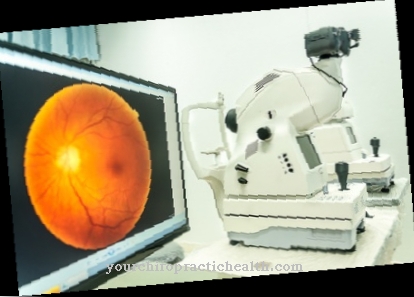
.jpg)


